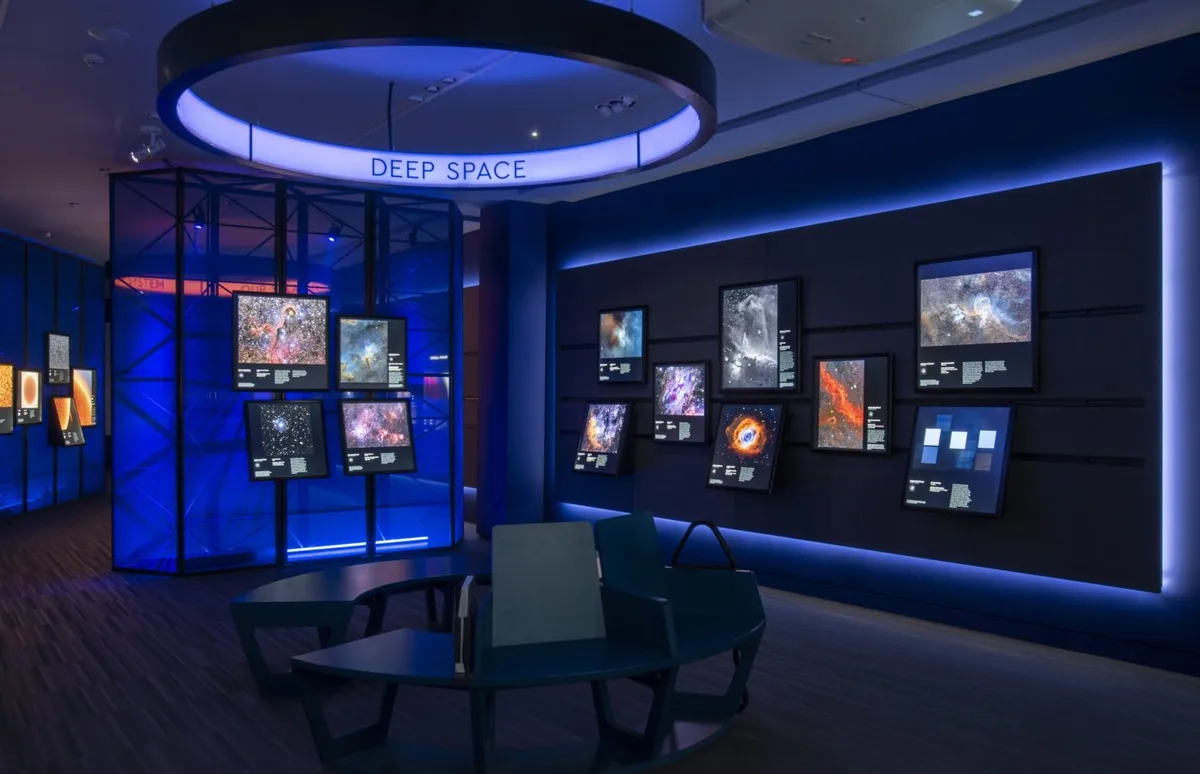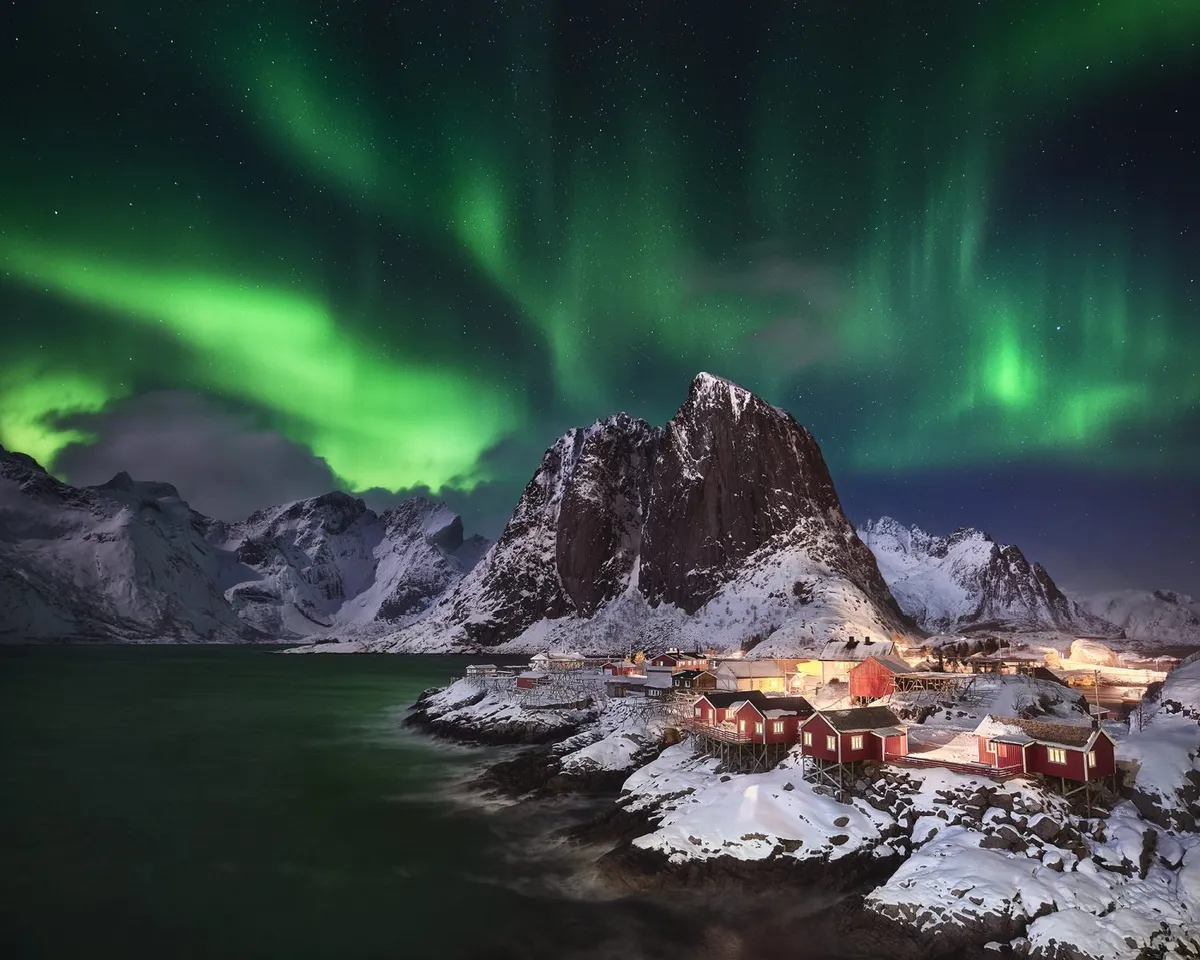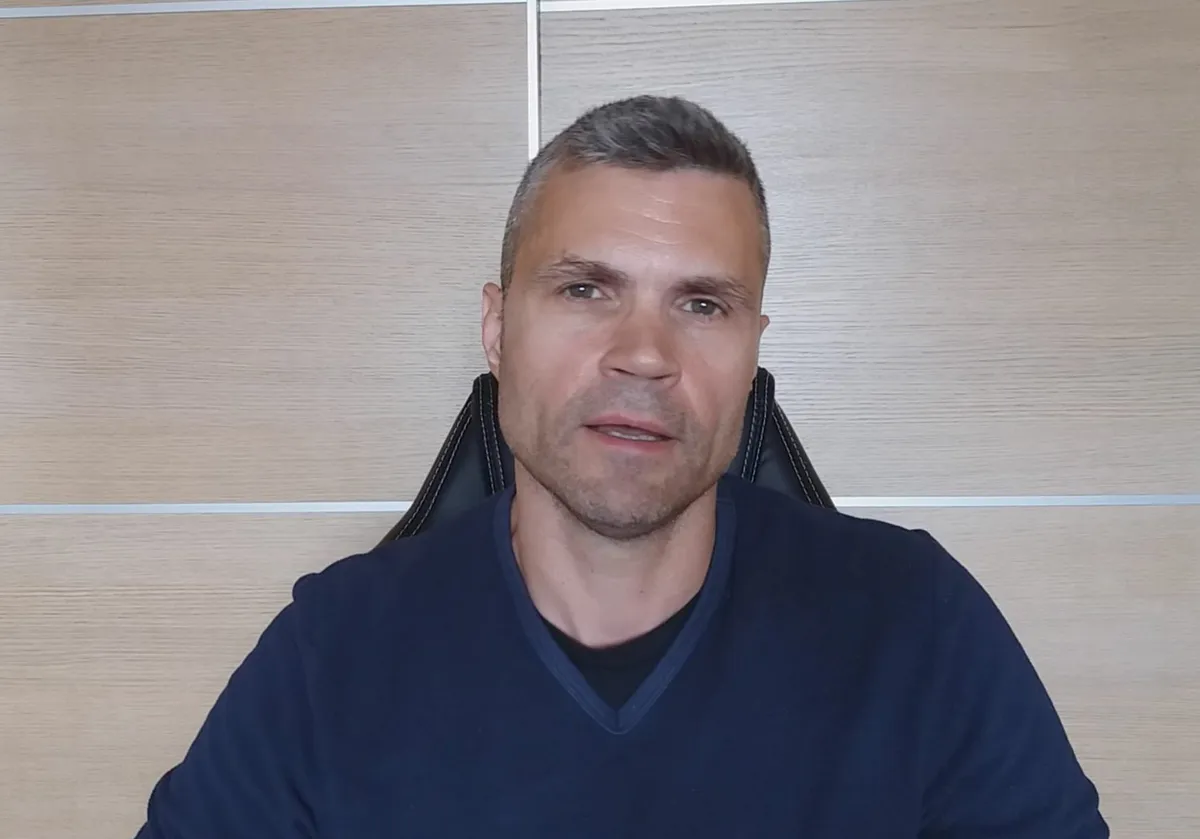This was my second year as a judge for the Insight Investment Astronomy Photographer of the Year competition. Running for over a decade now, the competition celebrates the finest astrophotography from all over the world, and it's been a privilege to be a part of the judging panel for 2019 and 2020.
There are 11 categories covering every area of the hobby including a special category for young, up and coming astrophotographers and a brand new award dedicated to fresh and innovative ways of capturing and processing images of the night sky.
Read more:
- IIAPY 2020 shortlisted images announced
- IIAPY 2019 winning images announced
- Find out more about Astronomy Photographer of the Year
One big difference between my first and second year as a judge was of course the effects of the coronavirus pandemic, as judging season took place right in the midst of the UK lockdown.
With all of us working from home, myself and the other judges had to find a way to choose the winners via remote link up.

On-screen meetings have become routine in 2020 for those of us who have been working from our home offices, however the challenge of having 12 people collectively choose winners from several thousand of the world's finest astrophotos, relying on our home internet connections to convey our views, was a daunting one.
Nevertheless, barring the occasional connection failure, both shortlisting and the judging day itself went off without a hitch thanks to the amazing organisational work of the Royal Observatory Greenwich, who kept us all to pre-allotted time limits and carefully stopped us from talking over each other.
No mean feat when you are dealing with passionate viewpoints in a competition with such high stakes!
The standard this year once again raised the bar for astro imaging and, thanks to our new category The Annie Maunder Prize for Image Innovation, presented some truly original images that in some cases blur the line between real-time astrophotography and genuine works of art.

‘Scale’ was another running theme this year with some breathtaking aurorae imagery in which the dancing lights dwarfed sprawling cities beneath them.
And once again the Young Astrophotographer category showed us all that young or old, age is no barrier to capturing the Universe in stunning and colourful ways.
This year I was particularly interested to see the work of entrants who had digitally removed all of the stars from their images: something that, at first, seems an odd way to present an astrophoto.
However in practice this technique brings nebulae to life so vividly that they begin to resemble raging fires or technicoloured billowing clouds. It’s a stunning way to view a familiar object in a whole new light.
Once judging had been completed we were given one final task: to film short videos of ourselves providing our views on this year's competition.

Last time this was conducted at the Royal Observatory Greenwich by an interviewer whilst I faced a camera operator. It was certainly different trying to recreate this process on my own at home using my phone camera.
My hope is that despite the huge and very real challenges that we all face at the moment, we can bring some joy to people when the winners are announced in September. Keep watching the skies!
The winning images of the IIAPY awards 2020 will be announced on 10 September. Follow BBC Sky at Night Magazine via Twitter and Facebook on the night for live updates as the winners are announced.
The winning, runner up, highly commended and a selection of shortlisted images will be available to view in an exhibition at the National Maritime Museum in London.